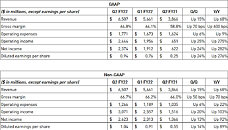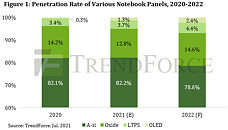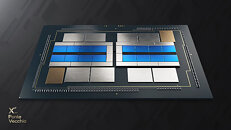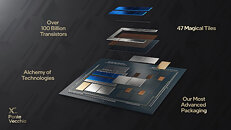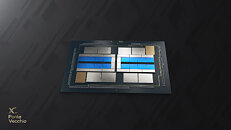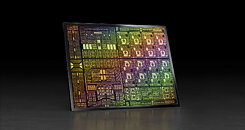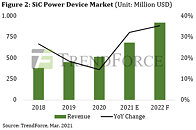NAND Flash Prices Projected to Enter Cyclical Downturn in 2022 Due to Modest Demand Growth and Competition for Higher-Layer NAND, Says TrendForce
Contract prices of NAND Flash products are expected to undergo a marginal drop of 0-5% QoQ in 4Q21 as demand slows, according to TrendForce's latest investigations. Hence, the current cyclical upturn in NAND Flash prices will have lasted for only two consecutive quarters. Looking ahead, NAND Flash suppliers' capacity expansion plans will be affected by the outlook on future trends and the supply of other non-memory components. At the same time, attention will have to be paid to the demand projection. At the moment, NAND Flash suppliers appear likely to downsize their capacity expansion activities for 2022, resulting in a 31.8% YoY increase in NAND Flash bit supply next year. Annual bit demand, on the other hand, is projected to increase by 30.8% YoY. With demand being outpaced by supply and competition intensifying among suppliers for higher-layer products, the NAND Flash market will likely experience a cyclical downturn in prices in 2022.





















